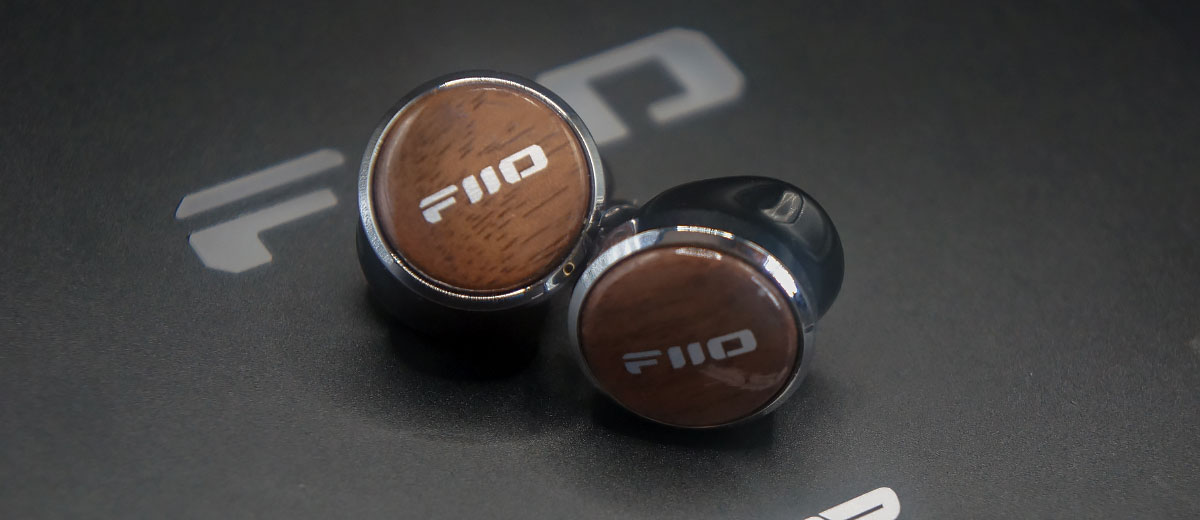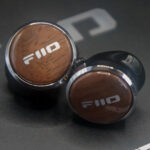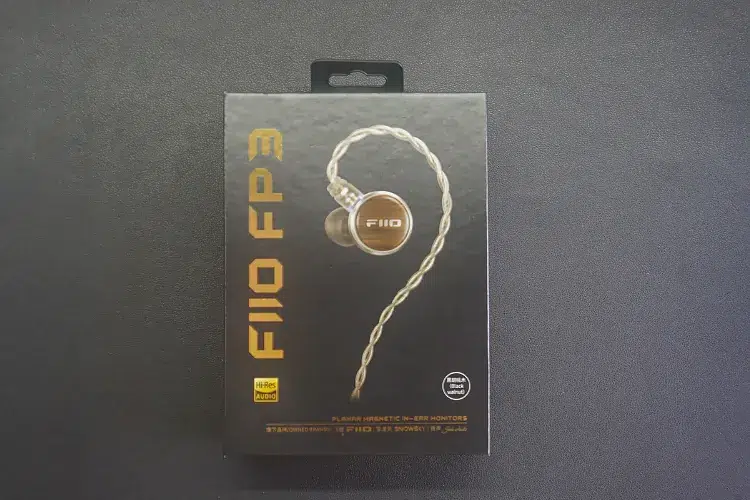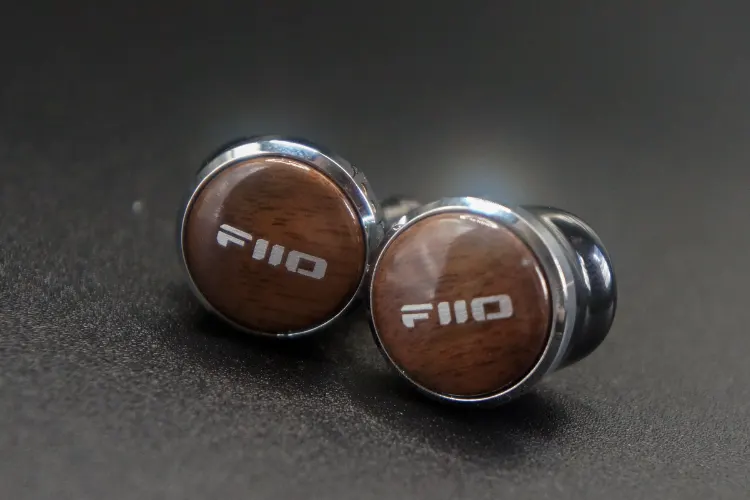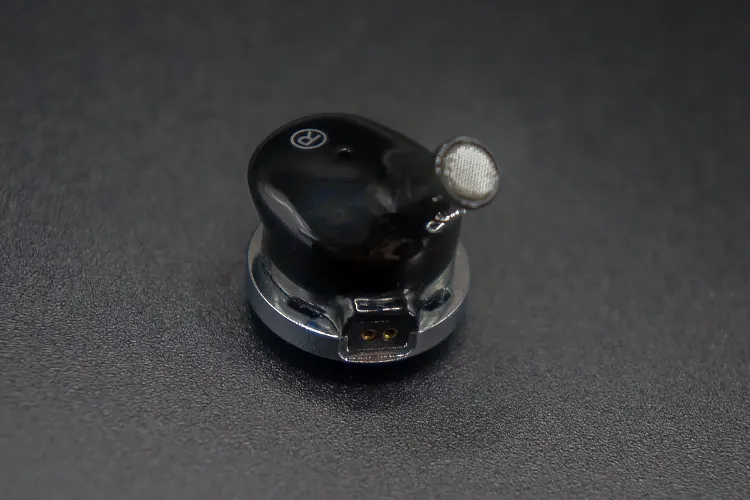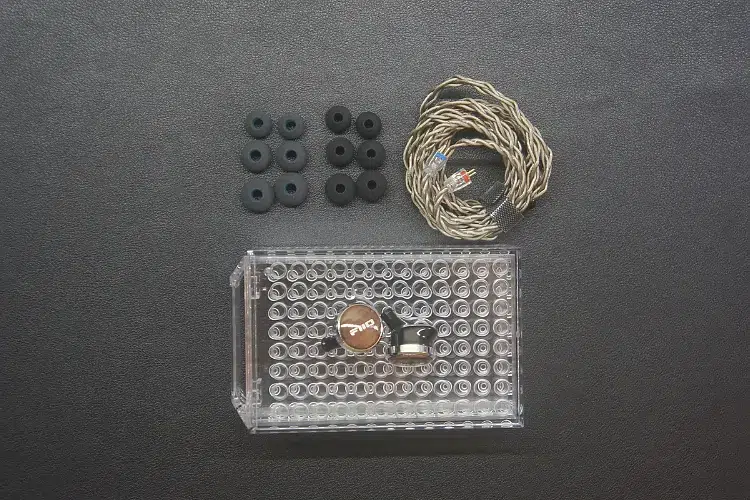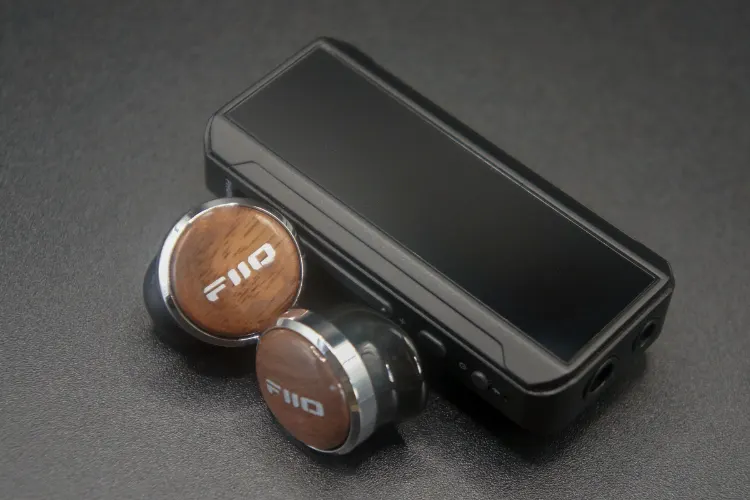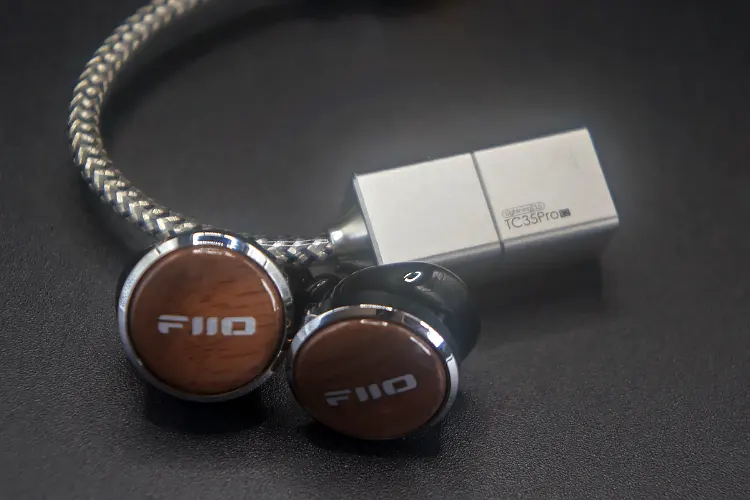Today, Meldrick reviews the FiiO FP3, the company’s debut self-developed single 14.5mm planar magnetic driver universal IEM priced at $89.99.
Disclaimer: This sample was sent to me in exchange for my honest opinion. Headfonics is an independent website with no affiliate links or services. I thank FiiO for their support.
You can click here to learn more about the FiiO audio products we have previously reviewed on Headfonics.
This post follows our current scoring guidelines which you can read in more detail here.
For most portable audio enthusiasts, FiiO needs no introduction. However, with their newest IEM, the FP3, marks their debut entry into the planar magnetic IEM space.
Renowned for superior resolution performance, the planar IEM space is flooded with options such as the Hidizs MP145 and LETSHUOER S08. The FP3 sits towards the middle of FiiO’s IEM line up, retailing for $89.99 making it an affordable planar option.
Sporting a unique wooden build and an in-house planar magnetic driver, read the rest of the review below to see if the FP3 has what it takes to keep up with its peers.
Features
Despite being FiiO’s first entry into the planar IEM space, the FP3 uses an internally developed second-generation 14.5mm planar driver.
After two years of R&D, FiiO was able to integrate a 1μm diaphragm into the driver. This lighter diaphragm is said to deliver faster response while improving overall dynamic range response.
This driver is housed in a striking wooden shell. The body of the IEM is primarily constructed out of 3D printed resin, but its wooden faceplate steals the show. According to FiiO, the wood used on the FP3 is similar to that used in high-end automobiles.
Lastly, the FP3 also comes with FiiO’s new “FiiO Tesla Bass Sound” technology. According to FiiO, channels were precisely built into the cavity to form a one-way tesla valve. This design is said to deliver deeper hitting bass with superior texture performance.
Design
The very first thing that stands out with the FP3 is its beautifully crafted wooden faceplate. The FP3 comes in two finishes: Black Walnut and Rosewood, with our review unit being the Black Walnut version.
The wooden portion of the faceplate has a concave shape that raises above the metal ring wrapped around the wood shell’s circumference.
The faceplate’s wooden finish exhibits wood grain in a subtle yet pleasing manner, providing just enough texture to elevate the look of the shell. Each faceplate has a stylized FiiO logo painted on top of it, followed by a resin layer placed above.
The resin used has a nice glossy finish that is quite resistant to fingerprints and micro scratches. Throughout my testing, I found that it did a good job preserving the fit and finish of the wood material used.
The metal ring around the shell’s circumference is sandwiched between the wooden faceplate and the 3D printer resin body.
The resin shell has a glossy black finish that easily highlights fingerprints, but this is not too much of an issue since this portion of the IEM is usually inside the listener’s ear.
Aesthetic taste is always subjective, but I for one quite appreciate how the FP3 breaks away from the monotony of pure resin or machined aluminum IEMs. Even as someone with a collection of different IEMs, the FP3 easily stands out with its classy yet subtle wooden finish.
Comfort & Isolation
When trying on the FP3 for the first time, what immediately stands out is how light it is. Perhaps this is a result of the thinner diaphragm material, but nonetheless, I found that its weight alone made it one of the more comfortable IEM’s I’ve tried.
The shape of its shell isn’t as ergonomic as other full resin IEM’s such as the Open Audio Witch Pro, but it doesn’t have any obvious pressure points or any sourced of discomfort.
This, in addition to its exceptionally light build, caused me to sometimes forget that I had IEMs on in the first place, making it perfect for whole day usage.
For a vented IEM, the FP3 has decent isolation performance. With no music playing through them, I could barely here conversations around me but sounds from air conditioner units still make their way through.
With music playing, the FP3 does a better job blocking background. Its isolation performance is on-par with its peers in the price range.
Stock Cable
The FP3 comes with a standard 4-core silver plated copper cable coated in enamel. The wires have a gun-metal bronze color with a subtle sheen to them, terminating to 3.5mm on one end, and to two 0.78mm L-shaped jacks on the other.
The cable is of good quality and never exhibited any microphonics throughout my mixed on-the-go and stationary listening. The cable also did not tangle or develop any memory even after bundling them into a circle with the included Velcro cable tie.
In a vacuum, the FP3’s case is more that serviceable. However, it’s hard to ignore how it’s competitors within the price range such as the DUNU Titan S2 and LETSHUOER S08 come with high quality modular cables out of the box.
While not being strictly necessary, modular cables provide users with the ability to pair their IEM’s with more powerful 4.4mm BAL sources without needing to purchase an additional cable.
Packaging & Accessories
In typical FiiO fashion, the FP3 comes with a high-quality black box with a picture of the unit embossed in front. The FP3’s unboxing experience is quite good compared to other Chi-Fi IEMs in the price range.
Opening the box shows the FP3 IEM’s and the included cable. Opening the accessory box below shows a drawer-style transparent plastic hard case, as well as 3 pairs each of “Treble” and “Balanced” ear tips in S/M/L sizing.
The drawer style plastic case is unique compared to other IEMs I’ve tried; however, the lack of a travel case is a baffling inclusion.
For someone picking up the FP3 as their first IEM, the ability to keep them protected while on the go is a higher priority than having a convenient way to store them while on a desk.
The tips, cable and case inclusions are enough for daily use; however, the lack of a travel case means that listeners without an extra case lying around may have to purchase one additionally to take their IEMs on the go.
Sound Impressions
For my sound impressions below I paired the FP3 with the ddHiFi TC35Pro E2, FiiO BTR13, and 7Hz Artemis39 dongle DACs. For desktop use, I paired it with the FiiO K11 and K11 R2R via their SE output.
Bass
Being a V-shaped IEM that leans towards the bright side of the frequency response, the FP3 delivers solid sub-bass quantity that hits deep with good authority.
Despite a respectable amount of bass quantity, the FP3 underwhelms with its bass quality. While not sounding completely flat, the FP3 is unable to articulate the texture of acoustic kick drums or more nuanced 808s.
This does not totally detract from the listening experience; the deep impact of the sub-bass does a good job providing energy to the track; however, it masks some details that other IEMs in the price range have no problem highlighting.
The sharp V signature of the FP3 also means that it does not have too much mid-bass emphasis. Bass lines in funk tracks still come through clear, but they do not have the velvety thickness of other warmer sounding IEMs.
Despite this leaner sounding mid-bass, I still found that the sheer impact of the sub-bass had the tendency to bleed into mid-range, occasionally drowning out more delicate sounds in the mix.
Mids
With the FP3’s V-shaped tuning, he midrange on the FP3 takes a backseat to the elevated bass and treble, leading to a recessed and less prominent presentation.
Vocals, particularly in the lower midrange, often feel pushed behind the bass. When vocals do come through, they exhibit a metallic timbre that lacks warmth and natural tonality, making them sound artificial in certain tracks.
Female vocals are presented with good energy and articulation, but it still shares the same metallic sounding tonality. In S and T tones, the FP3 can get especially sibilant.
In tracks with poorly mastered vocal recordings, these S and T tones cause a fatiguing sound signature that can be painful after a few hours of listening.
This metallic quality extends to midrange instruments such as strings, which, while detailed and forward, lack the organic tonality one might expect from acoustic recordings.
Electric guitars in particular stand out even in complex mixes, however the metallic delivery of individual strums can leave it sounding shrill.
The balance feels particularly disjointed in tracks with complex arrangements, where the different instruments in the mid-range can sound both muffled and sibilant depending on the recording.
Despite these shortcomings, the FP3 does render micro-details well, especially in upper-mid instruments, but the overall presentation feels inconsistent and overly bright.
Treble
The FP3’s treble is bright and energetic, standing out as the most emphasized region of its tuning.
High frequencies are crisp and detailed, bringing exceptional clarity to cymbals, chimes, and other treble-centric instruments. Imaging and separation in this range are particularly impressive, allowing individual elements to occupy distinct spaces within the soundstage.
However, the treble’s aggressive nature often veers into sibilance. This brightness can be fatiguing over longer listening sessions, with snare drums and hi-hats sometimes sounding overly sharp and grating.
While the treble adds sparkle and excitement to the overall sound, its intensity might not suit listeners sensitive to harsh or overly forward high frequencies.
Imaging
The FP3’s imaging performance was decent overall but fell short in the midrange and bass regions. String instruments in the mid-range and bass instruments exhibited only decent to sub-par imaging, particularly in more complex pop tracks.
Layers of strings and vocals felt compressed, with instruments overlapping with one another, making it challenging to position them distinctly within a space.
In contrast, treble instruments like chimes and cymbals displayed excellent imaging performance. In pop and acoustic tracks, these elements were precisely placed, adding a sense of realism to the treble presentation. Even when the midrange felt congested, treble instruments remained clearly defined and easy to locate.
The FP3’s soundstage is decently wide, to be expected for a planar magnetic IEM within the price range. It doesn’t offer a fully immersive 360-degree experience, but it is wide enough to place different instruments and vocalists within a soundscape.
Click on page 2 below for my recommended pairings and selected comparisons.

